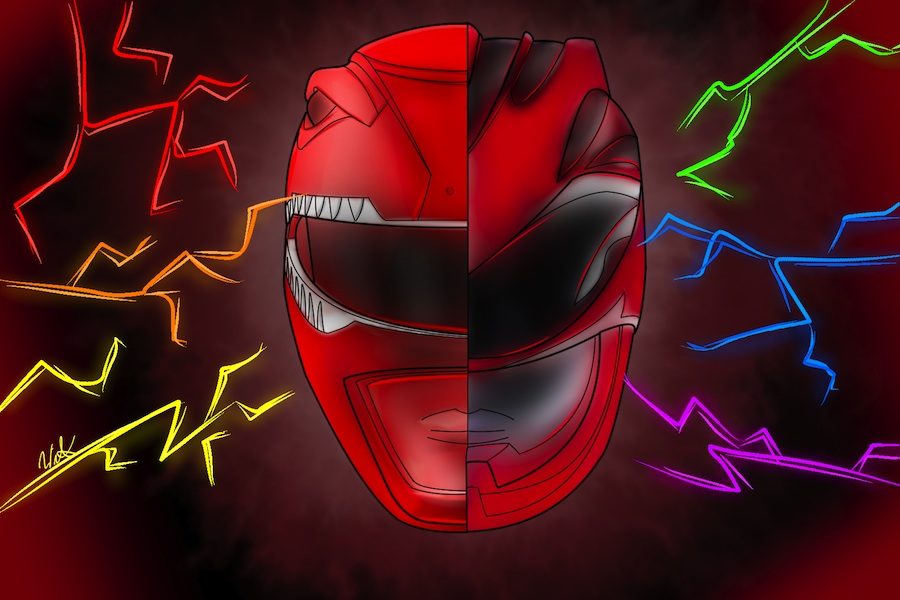Mighty Morphin’ Movie Review
April 30, 2017
Power Rangers is exactly what you’d expect of a big-budget revival of an old superhero franchise: plenty of action, a sexy supervillain, and a fairly simplistic plot.
The newest revival of the Power Ranger was greeted with mixed reviews when it premiered on March 24. For many die-hard fans of the classics, the 2017 version included many nods to the originals, most obviously with several of the Rangers sharing names with the originals as well as cameos by Jason David Frank and Amy Jo Johnston, the original green and pink rangers.
There was also a lot of excitement before the film was released and it was rumored and later confirmed that one Ranger would be autistic and one would be a member of the LGBT community. To add to the fervor of diversity and representation in the movie, four of the five Rangers are people of color.
The character of Billy Cranston, portrayed by RJ Cyler, is confirmed in the movie to be autistic and is appropriately the Blue Ranger, the color of autism awareness. Director Dean Israelite does an excellent job of bringing a realistic autistic character without their whole identity being based on that fact.
On the other hand, the Yellow Ranger, Trini Kwan, portrayed by Becky G, is confirmed to be LGBT, but here Israelite falters in a good portrayal of diversity. Trini’s sexuality is only mentioned briefly and not explained or elaborated at all. The only way the audience even knows is because she says she has “girlfriend problems.”
Power Rangers final glaring problem is that it can’t decide if it’s trying to appeal to its adult fans or to draw in new, young fans. The simplistic plotline verges on boring with jokes about drugs and no interesting dialogue to appeal to older audiences, but much too long (two hours and four minutes) to keep a kids attention.
At the end of the day, the new Power Rangers surprised no one.



